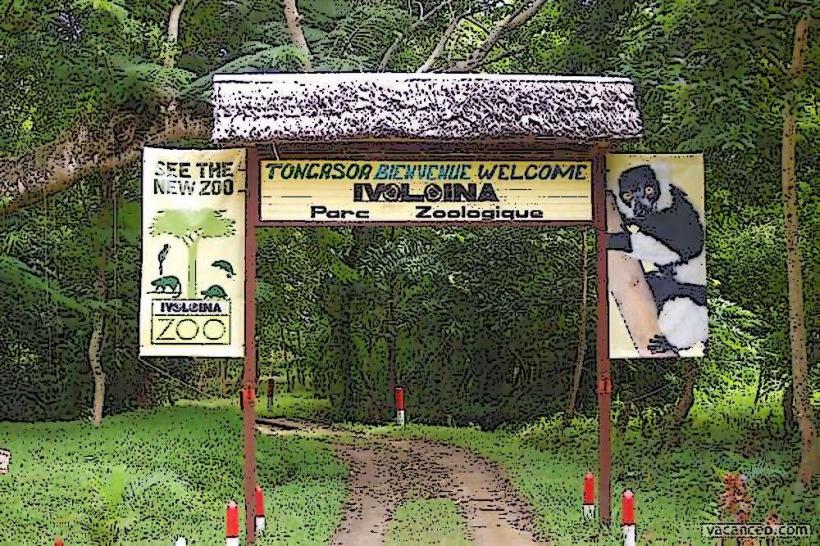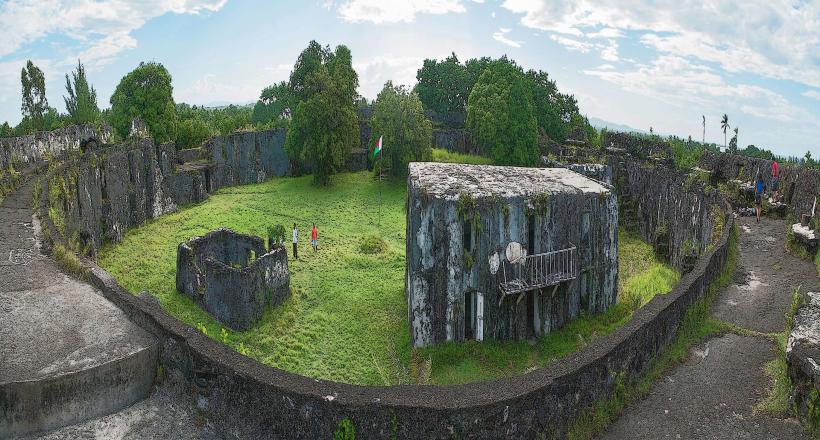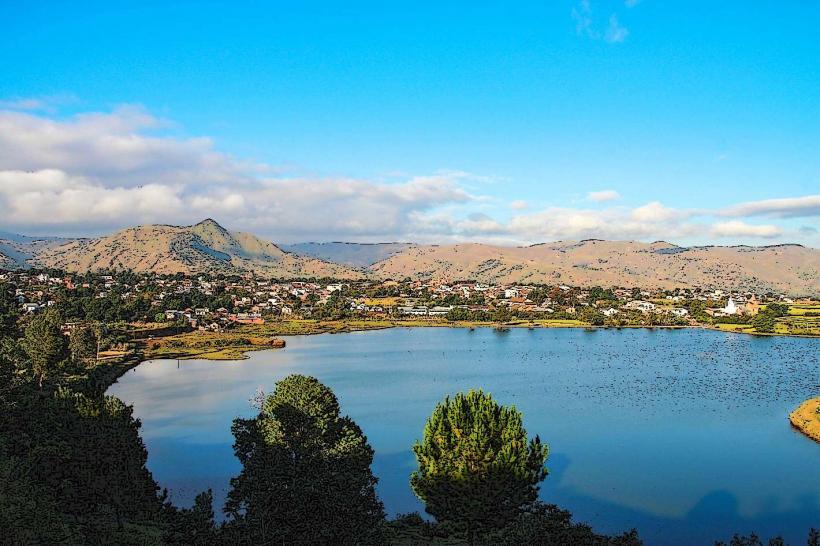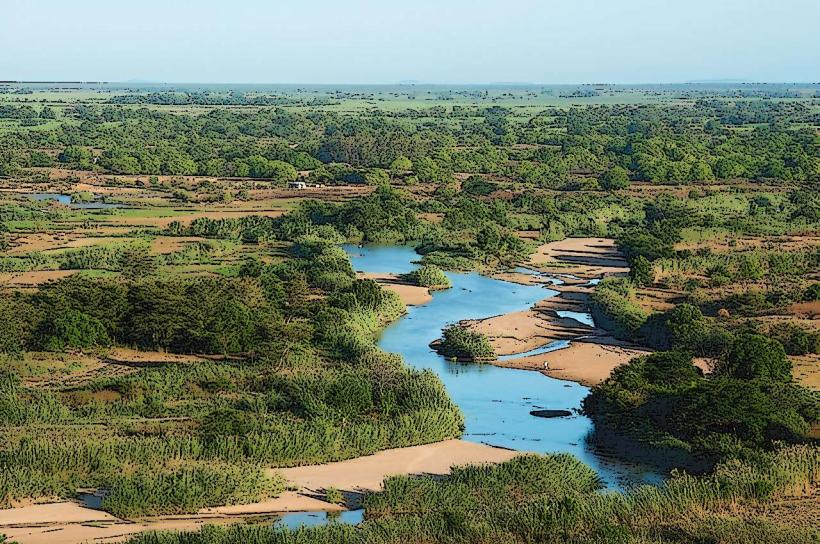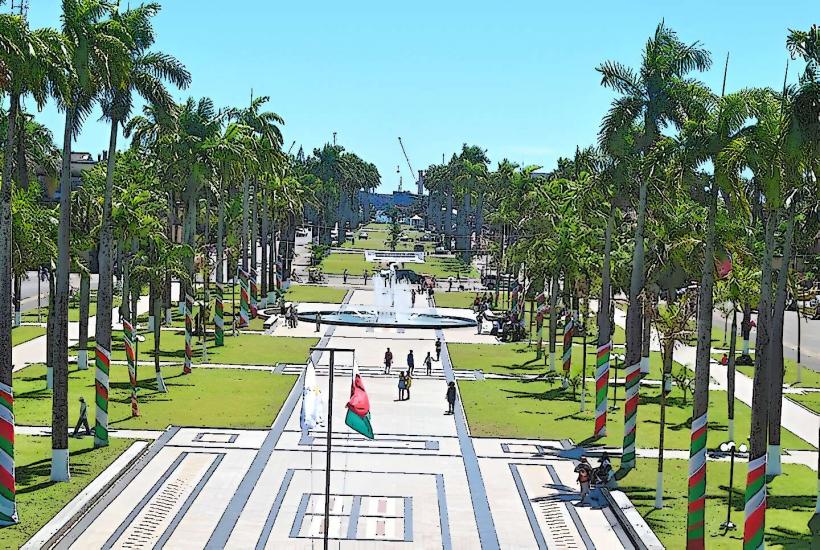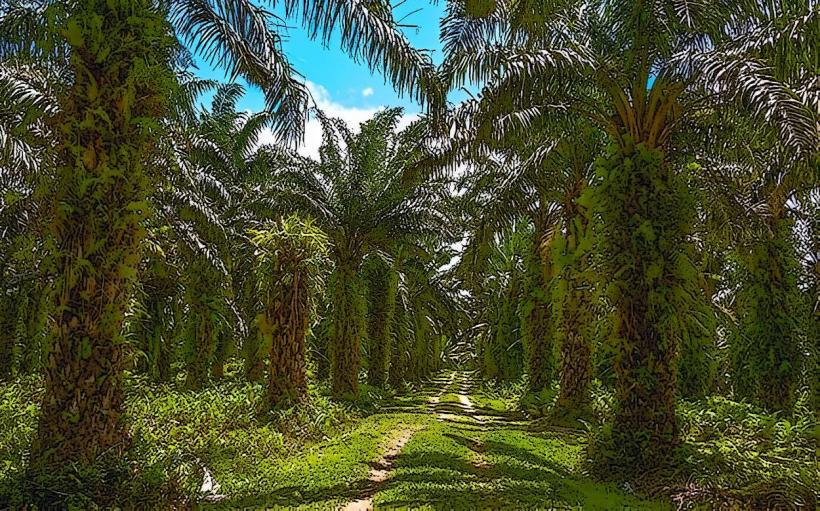Information
Landmark: Canal des PangalanesCity: Toamasina
Country: Madagascar
Continent: Africa
The Canal des Pangalanes is an extraordinary man-made waterway system located along the eastern coast of Madagascar, stretching approximately 645 kilometers (400 miles). It is one of the longest canal systems in the world and is notable for its historical, ecological, and cultural significance. Here's a detailed overview:
Geography and Structure
The canal runs parallel to the Indian Ocean, connecting a series of natural rivers, lagoons, and man-made channels. It begins in the north near Toamasina (Tamatave) and extends southward to Farafangana, covering several regions.
- The canal is separated from the Indian Ocean by a narrow strip of sandbanks and dunes, offering a unique landscape.
- It serves as a transportation and trade route, especially in areas where road infrastructure is underdeveloped.
History
The Canal des Pangalanes was conceptualized and constructed during the French colonial era in the late 19th and early 20th centuries. Its construction aimed to create a safe inland waterway for the transport of goods, bypassing the treacherous Indian Ocean waters.
Initial Construction:
Work on the canal began in the late 1800s under Governor Joseph Gallieni, who sought to link natural waterways for easier navigation.
Colonial Significance:
The canal became a vital transportation route for agricultural products like coffee, vanilla, and spices, which were cultivated inland and shipped to port cities like Toamasina for export.
Modern Use and Decline:
Over time, portions of the canal fell into disrepair due to sedimentation and lack of maintenance, but recent efforts have aimed at restoring sections for eco-tourism and local transport.
Ecology and Biodiversity
The Canal des Pangalanes is a rich ecosystem, home to a variety of flora and fauna. It provides a habitat for:
- Aquatic species like fish, crabs, and turtles.
- Bird species, including kingfishers, herons, and egrets.
- Plant life, such as mangroves, pandanus, and water lilies.
The canal also passes through several protected areas and reserves, contributing to conservation efforts and offering opportunities for eco-tourism.
Cultural Importance
The canal is deeply integrated into the lives of the Malagasy people who live along its banks:
Transportation:
The canal is a vital route for transporting goods and people, especially in remote areas where road access is limited or nonexistent.
Fisheries:
Local communities rely on the canal for fishing, which is a significant source of sustenance and income.
Traditional Practices:
The waterway plays a role in local traditions and ceremonies, reflecting the cultural connection between the people and their environment.
Tourism
The Canal des Pangalanes is becoming an increasingly popular destination for travelers seeking a unique experience in Madagascar. Highlights include:
Boat Tours:
Visitors can explore the canal by traditional dugout canoes (pirogues) or motorized boats, enjoying the tranquil waters and scenic surroundings.
Wildlife Watching:
The canal offers opportunities to observe birds and aquatic animals in their natural habitats.
Village Visits:
Travelers can interact with local communities, experiencing Malagasy culture and lifestyle firsthand.
Scenic Beauty:
The canal’s combination of water, lush vegetation, and occasional views of the ocean creates a picturesque landscape.
Challenges
Sedimentation and Overgrowth:
Many sections of the canal are affected by silt accumulation and vegetation overgrowth, limiting its navigability.
Infrastructure Maintenance:
The lack of consistent funding and maintenance has led to the degradation of parts of the canal.
Environmental Concerns:
Activities such as deforestation and overfishing threaten the ecological balance of the canal.
Future Prospects
Efforts are underway to restore and develop the canal for:
Sustainable Tourism:
Promoting eco-friendly tourism activities to generate income for local communities.
Improved Transport:
Revitalizing the canal to serve as a reliable transportation route.
Conservation:
Protecting the natural habitats along the canal to preserve its biodiversity.
Conclusion
The Canal des Pangalanes is a fascinating blend of history, nature, and culture. It represents Madagascar’s ingenuity in adapting its natural environment to serve both practical and ecological purposes. Whether through its historical significance, its role in local livelihoods, or its appeal as a tourist destination, the canal remains an iconic feature of Madagascar’s eastern coast.


